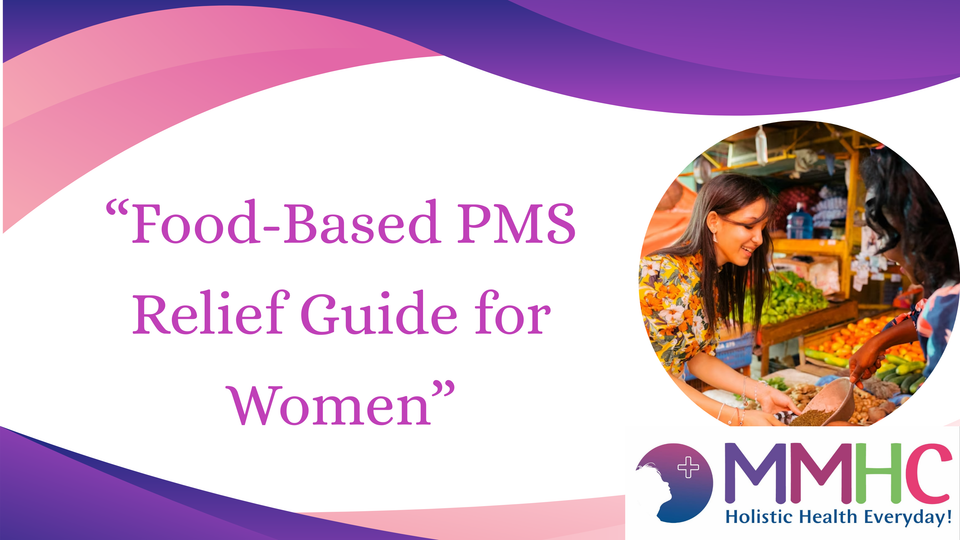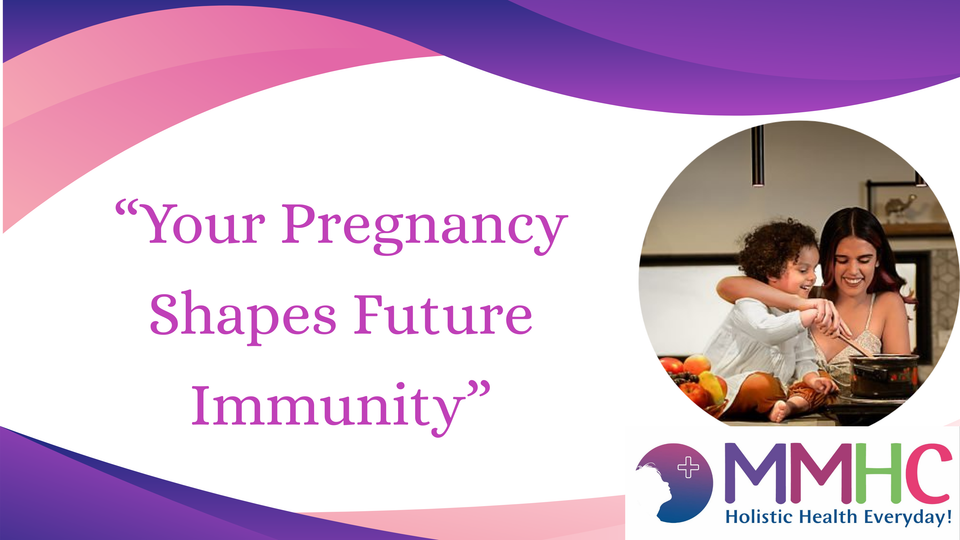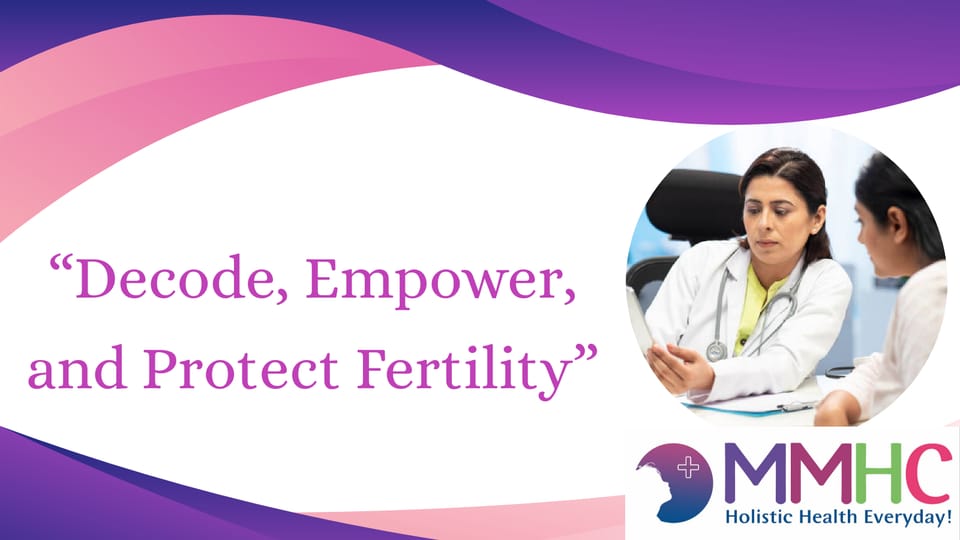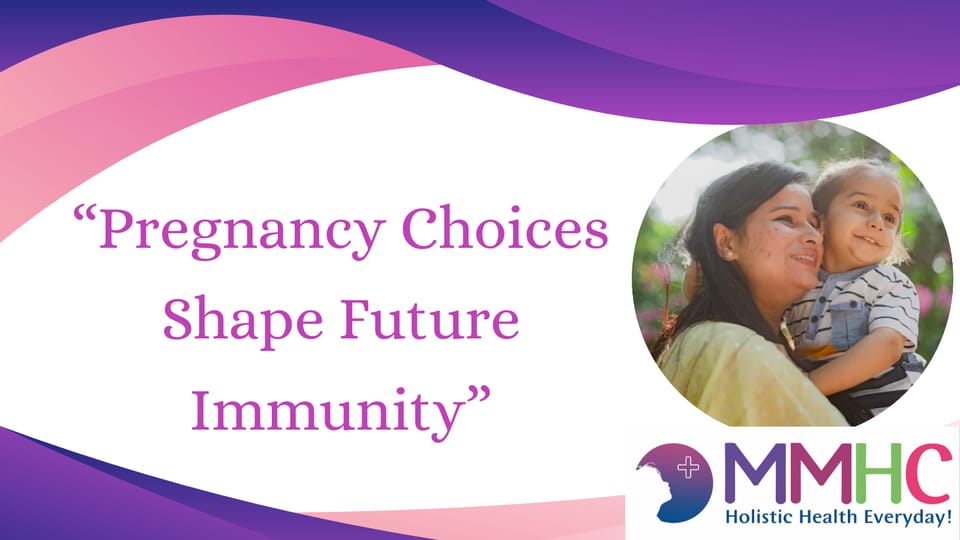The Hidden Chemicals in Your Child’s Mattress: A Wake-Up Call for Indian Parents
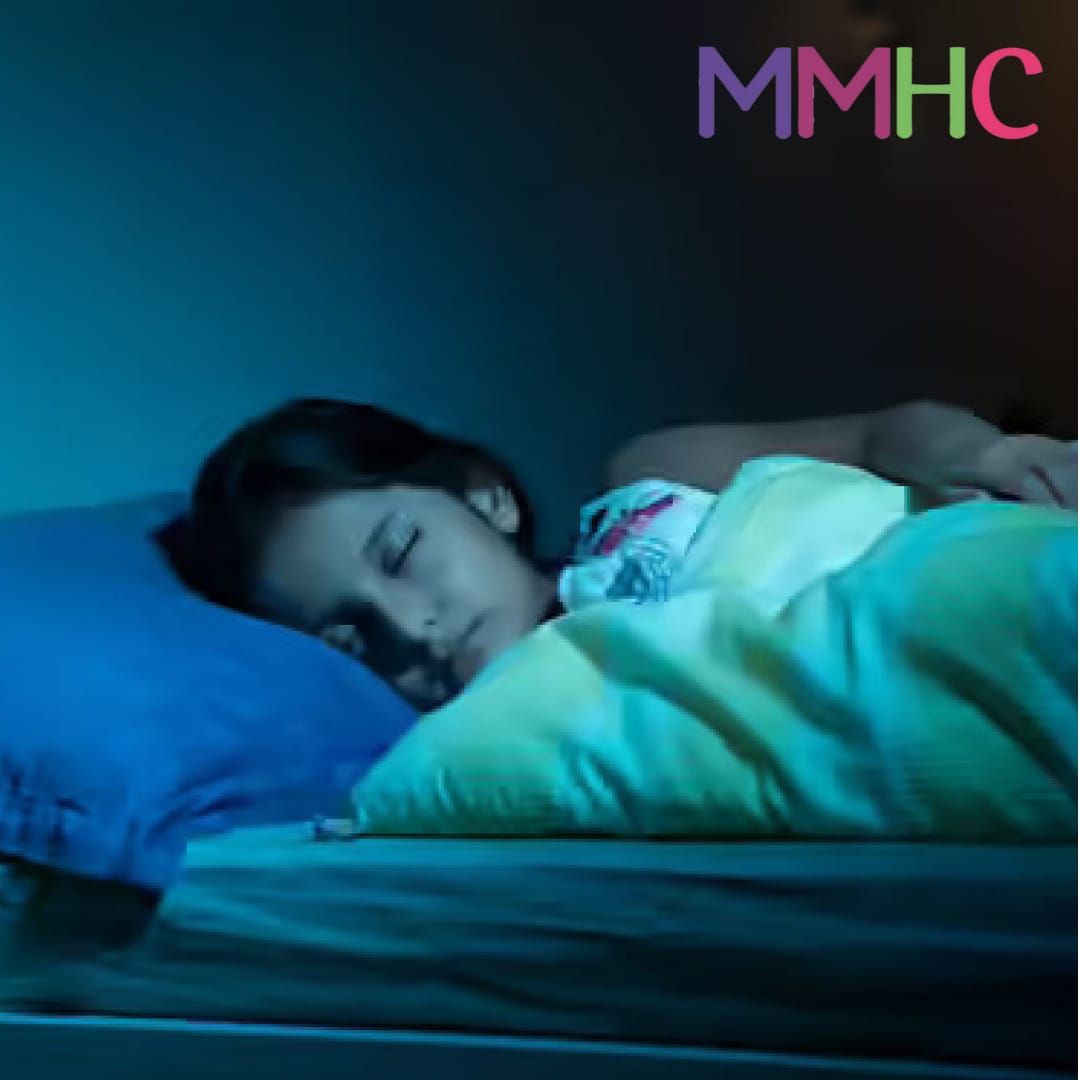
In bustling cities like Mumbai or Bangalore, we diligently baby-proof our homes, covering sharp edges and securing cabinets. But what about the mattress your child sleeps on for 50+ hours a week? While it might seem harmless, new research suggests that it could be harboring hidden dangers in the form of chemicals that release toxins during sleep. For Indian parents, whose children often share smaller, less ventilated spaces, this discovery warrants a closer look.
Kids are particularly vulnerable to toxins because their bodies are still developing. With so much time spent sleeping, mattresses are a key area of concern. Let's delve into what these chemicals are, why they're a problem, and what you can do to protect your little ones.
Understanding the Hidden Culprits: SVOCs
The study focused on a group of chemicals called semi-volatile organic compounds (SVOCs). These are chemicals used in various products, including mattresses, to soften plastics, provide UV protection, or prevent fires. Like unseen dust, these chemicals linger in the air and can be inhaled or absorbed through the skin.
Think of Priya in Delhi airing out new clothes during the monsoon – she's trying to get rid of that 'factory smell.' SVOCs are similar, except they're often odorless and harder to detect. Two common types found in mattresses are:
- Phthalates: Used to make plastics more flexible and durable.
- Flame Retardants: Used to prevent fires from spreading quickly (often organophosphate esters).
Key Findings: What the Research Revealed
A recent study on SVOC emissions examined new children's mattresses and uncovered some concerning findings:
- Numerous Chemicals Detected: The study found a staggering 21 different SVOCs in 16 new mattresses.
- Phthalate Concerns: One mattress exceeded Canadian regulatory limits for a regulated phthalate (DnBP). Five others contained phthalates (DiBP, DnOP, DiNP) at levels greater than 0.1% – a level regulated in toys, but surprisingly, not in mattresses!
- Banned Flame Retardant: One mattress even contained TCEP, a flame retardant that has been banned due to its potential health risks. See health impacts of flame retardants.
- Heat & Pressure Matters: The most alarming discovery was that emissions of these chemicals spiked under body heat and weight. When mattresses were tested at room temperature, only 12 SVOCs were released. But with body heat and pressure, the number jumped to 21! Imagine the effect of a warm child sleeping on a mattress all night.
- Cover Material Unrelated: The study found no link between the type of mattress cover material and the levels of SVOCs present.
This highlights a critical issue:chemicals banned in toys are often unregulated in mattresses, leaving children potentially exposed to harmful substances during their sleep.
Practical Implications: Why This Matters to Indian Parents
These findings have significant implications for urban Indian parents. Mattresses may unknowingly expose sleeping children to toxins that have been linked to developmental issues. The WHO guidelines on phthalates, for instance, highlight potential risks to reproductive health and development.
In hot and humid cities like Chennai or Kolkata, the problem might be even more pronounced. Heat can increase the rate at which these chemicals are released, potentially increasing exposure levels. For families living in smaller apartments with limited ventilation, the concentration of SVOCs in the air could be higher, creating a greater risk.
Toxins & Environmental Health: The Bigger Picture
Toxins aren’t just in air pollution – they’re also present in our homes. Mattresses contribute to a child's overall "exposure cocktail," alongside chemicals from furniture, cleaning products, and even food packaging. This constant exposure, especially during crucial developmental stages, can have long-term health consequences.
What You Can Do: Tips for Parents in India
While the news may seem alarming, there are practical steps you can take to minimize your child's exposure to SVOCs in mattresses:
- Choose Certified Mattresses: Look for mattresses with certifications like GREENGUARD or OEKO-TEX Standard 100. These certifications indicate that the mattress has been tested for harmful chemicals and meets certain safety standards.
- Air Out New Mattresses: Priya's habit of airing things out is good! Unpack your new mattress and let it air out in a well-ventilated room for at least 72 hours before use. This allows some of the initial chemicals to dissipate.
- Use Organic Cotton Covers: Invest in organic cotton or wool mattress covers. These natural materials can act as a barrier, reducing your child's direct contact with the chemicals in the mattress.
- Research Brands: Do your research and choose mattress brands that are transparent about their materials and manufacturing processes. Contact customer support and ask about the chemicals used in their mattresses.
- Consider Local Options: Check out Indian brands and retailers like FirstCry, Mothercare, or online platforms specializing in organic and non-toxic baby products. Look for mattresses made with natural latex or other low-VOC materials.
- Advocate for Change: Urge Indian regulatory agencies to adopt stricter standards for chemicals in children's products, including mattresses. Demand transparency from manufacturers and retailers.
Conclusion: Small Changes, Big Difference
Protecting your child from harmful toxins can seem daunting, but remember, small changes can make a significant difference. By being informed and taking simple precautions, you can create a healthier and safer sleep environment for your little one.
Share this information with fellow parents and encourage them to ask brands about chemical safety. Together, we can demand safer products for our children and create a healthier future for generations to come.
